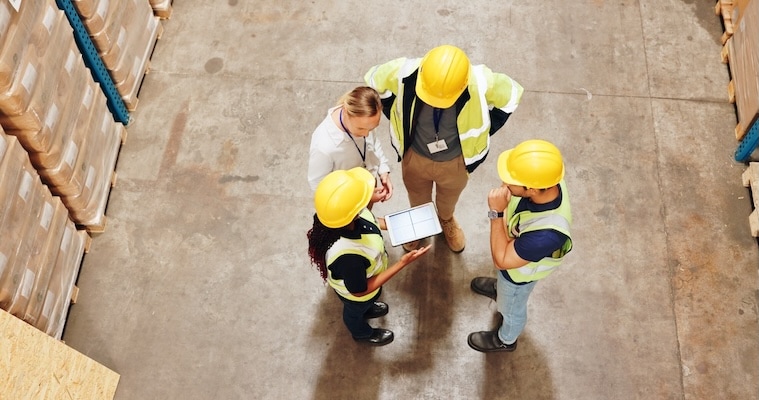Your eyes are one of the most vulnerable parts of your body, and with all of the possible hazards that exist in the manufacturing industry, it’s very important to take the necessary measures to protect them. One of our best tools of PPE to protect our eyes is safety glasses.
Eye injuries can be life-changing events. Losing your sight, or even having it limited or lessened, can drastically lower your quality of life and even make you unable to work. With all of that in mind, our workplace takes safety glasses training and proper use extremely seriously. Keep reading for more information.
The Safeguards of Safety Glasses
Safety glasses are a form of personal protective equipment (PPE) that are designed to protect your eyes from a variety of hazards. Regular glasses do not offer the same level of protection and should not be considered a suitable substitute at any time due to their lack of:
- Side shields/side protection
- Impact-resistant lenses, often made of polycarbonate
- Impact-resistant frames
Employees who require corrective vision equipment can be accommodated in one of the following ways:
- Use of prescription protective glasses that meet American National Standards Institute (ANSI) standards and also properly correct vision
- Use of protective glasses that can fit comfortably over regular glasses without disturbing alignment
- Use of protective glasses that can incorporate corrective lenses mounted behind the outer, protective lenses
In order to be considered safety glasses, the equipment in question must comply with ANSI. You can tell if your safety glasses are up to code by checking for a “Z87” marking.
Caring for Safety Glasses
Eye Protection is effective equipment, but they are also valuable and, as such, must be maintained carefully. It is important for employees to take good care of safety glasses and other PPE in order to make sure that they remain functional and adequate for providing protection. Follow these tips to keep your safety glasses in good condition:
- Clean your glasses daily using water or, preferably, lens cleaner.
- When cleaning or wiping your eye protection, do not use a rough material that could scratch the glass.
- Avoid using cleaning products that are not specifically intended for lenses, as they could damage the equipment.
- Inspect every day to detect any flaws or damage.
- When not being used, store eye protection in a safe place where they will not get dirty or damaged.
When to Wear Safety Glasses
Compliance with safety standards demands that employees wear eye and face protection if any of the following hazards exist in the work environment:
- Flying objects
- Molten metal
- Liquid chemicals
- Acids or caustic liquids
- Chemical gases or vapors
- Potentially harmful light radiation
There may be other workplace factors that make safety glasses necessary as well.
In addition, some tasks may demand even more PPE in addition to safety glasses. For example, grinding may require a face shield as an added layer of protection.







